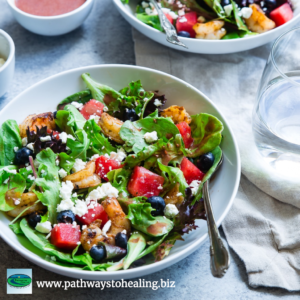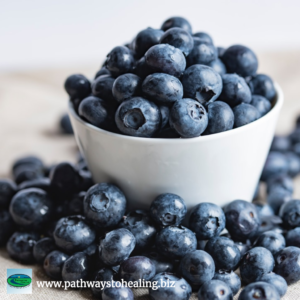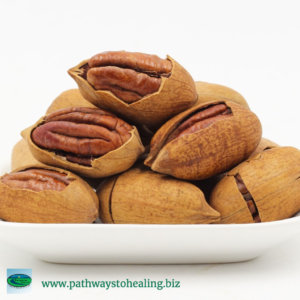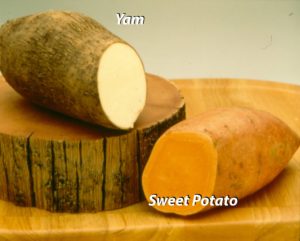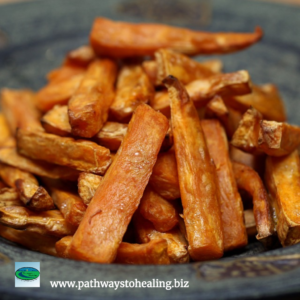The Immune System-Gut Connection
By Dr. Alyssa Musgrove
Over 2,000 years ago Hippocrates, the father of modern medicine, said “All disease begins in the gut.” And, as it turns out, he was right. Seventy to 80% of our entire immune system is located in the digestive tract. What’s more, the gut is responsible for creating 95 percent of serotonin and may have significant impact on brain function and mood. This is why our digestive system is often referred to as the “second brain.” If we want to stay healthy for a lifetime, it is important to pay attention to our gut health.
There are about 100 trillion bugs, better known as bacteria, that live in our digestive tract. Some of these bacteria are “good” and some are “bad.” The good bacteria support immune function and enhance nutrient absorption. To stay healthy, our bodies need to have more “good” bacteria than “bad.”
But how can we determine if we have the right ratio of good bacteria to bad bacteria?
Our bodies let us know by the symptoms we experience.
When our gut flora becomes imbalanced, the result can be constipation, diarrhea, heartburn, bloating and irritable bowel syndrome. Other symptoms include chronic fatigue, premature aging, joint and muscle pain, weight gain, insomnia, eczema, acne, asthma and even autism.
An increase in bad flora can occur when we are stressed, eating packaged and processed foods, eating fast foods, consuming sugar, overdrinking and overindulging. That’s because the “bad” bacteria feed on the sugars and fats found in these foods. Another cause of imbalanced gut flora is eating mostly cooked foods. Cooking can destroy essential nutrients and enzymes important for good digestive health. Antibiotics can also disrupt the overall gut flora balance.
Doctors and researchers are also beginning to realize that a “leaky gut” can be the cause of a host of health issues. Leaky gut, or intestinal permeability, is caused when the lining of the small intestine becomes damaged (typically by diet or medication). Once this lining is damaged, undigested food particles, toxic waste products and bacteria “leak” through the intestines and into the blood stream. These substances entering the blood can cause an autoimmune response in the body, including bloating, food sensitivities and allergies, irritable bowel, rheumatoid arthritis, fatigue, digestive issues and skin problems.
The good news is that by making a few lifestyle and dietary changes, we can alter the diversity and number of microbes in our guts for the better and heal the gut. We need to begin with eating “real” food. Vegetables and high-fiber foods, such as green leafy vegetables, garlic, onions and artichokes, feed the “good” bacteria. We should also eat at least 50% of our food in a raw state. Eating a daily salad with lots of colorful vegetables is a simple way to accomplish this. Fermented foods, such as sauerkraut, kimchee, yogurt, miso, tempeh, olives, pickles and kefir, can also help improve gut health. (Although it is best to make sure the yogurt and kefir and unflavored, since “bad” bacteria breed on the added sugars.)
Another way to improve your digestive system is to improve your stomach acid. When we have proper acidity in the stomach, germs and foreign invaders such as parasites and bad bacteria are destroyed before they can get to the gut. Many people assume they have too much stomach acid due to chronic heartburn or acid reflux. Often, however, these symptoms are caused by low stomach acid.
Both probiotics and prebiotics can help increase healthy gut bacteria. A high-quality probiotic is typically consumed in capsule form. Prebiotics, on the other hand, can only be found in food. Prebiotics feed on non-digestible carbohydrates, which encourages beneficial bacteria to multiply in the gut. Prebiotic-rich foods to add to the diet include asparagus, bananas, chicory, garlic, onions, and whole grains.*
And, finally, do your best to avoid taking antibiotics, which destroy the beneficial bacteria and disrupt the overall balance of good and bad bacteria.
When you focus on improving your digestive health, your immune system will reap the benefits. You will discover you require fewer medications and, more importantly, find yourself further down the path toward optimal health.
*Always talk to your doctor before making any drastic changes to your diet. For some people, such as those with irritable bowel syndrome or other medical conditions, probiotics and fiber-rich diets may not be helpful.
Pathways to Healing specializes in holistic chiropractic care. Dr. Alyssa Musgrove draws on a variety of techniques, including chiropractic, kinesiology, nutrition, food allergy testing and lifestyle counseling to assist clients in achieving optimal health and wellness in one setting. Pathways to Healing is located at 1022 Founders Row, Lake Oconee Village, Greensboro. The office can be reached at 706-454-2040.


